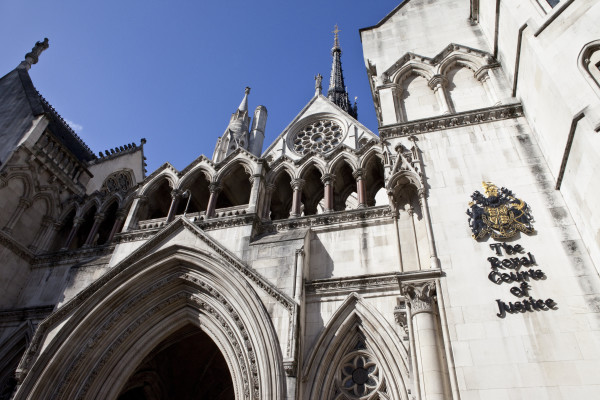How the court should share a married couple's assets on divorce is a topic which generates heated debate.
A recent High Court judgment (CB v KB [2019] EWFC 78) has put under the microscope the issue of whether the weaker financial party should have to exhaust her capital award to meet her income needs.
The law is guided by the principle that the court should not discriminate between the breadwinner and the homemaker.
This principle was established by the House of Lords (in its judicial capacity) in 2000 in the seminal case of White v White [2000] UKHL 54.
However, there remains scope to debate how this principle should be implemented, and whilst the court's broad approach is now clear, some issues remain on which there is a diversity of judicial opinion.

The court's first step is always to ascertain what the parties' assets are
One such issue is whether a wife should have to use her share of the family's capital assets to meet her income needs, or whether her husband should pay maintenance to cover these costs.
As it is often the wife in the weaker financial situation, I assume that is the case for the purposes of this article.
However, the same principles would apply if the position were reversed, for same-sex married couples, and for same-sex and opposite-sex civil partners.
Assessment of assets
The court's first step is always to ascertain what the parties' assets are.
The court must then consider which assets are "matrimonial". Matrimonial assets are those which reflect the parties' endeavours during the marriage.
This would typically exclude inherited or gifted assets, or those accrued before or after the marriage ("marriage" in this context includes pre-marital cohabitation which transitions seamlessly into marriage).
The family home is almost always considered a matrimonial asset.
Once the court has determined which assets are matrimonial, the starting point is that matrimonial assets are shared equally, with each party retaining their non-matrimonial assets.
This can be departed from in certain circumstances, the most common being "need".
If the division would not enable one party to meet their needs, for example, for a home, whilst the other would have assets surplus to their needs, the court can divide matrimonial property unequally, or invade one party's non-matrimonial property.
Other circumstances where the general approach may be departed from include where the parties have signed a pre-nuptial or post-nuptial agreement, to reflect that one party will receive riskier assets, or, very rarely, where justified by one party's conduct.
Ongoing maintenance
Once the court has determined the appropriate division of the parties' capital, it must consider whether one party should pay ongoing maintenance to the other, and if so for how long.











